Brasília did not emerge from a city plan — it erupted from trance.
A dream of order drawn upon red earth, the Planalto. In Lúcio Costa’s cross-shaped blueprint, myth and geometry kiss: a flying bird, a body stretched between axes of heaven and soil. Yet beneath the immaculate whiteness of its concrete, something vibrates — tropical, erotic, and vegetal.
Oscar Niemeyer’s domes float like celestial organs. They do not obey gravity; they seduce it. Their curves, simultaneously uterine and galactic, propose a theology of desire. The plenary of the Câmara dos Deputados, with its concave hull and circular symmetry, could be mistaken for a UFO plan — or the fossil of a vision received under the vine. Brasília is not only modernism: it is ayahuasca cast in reinforced concrete.
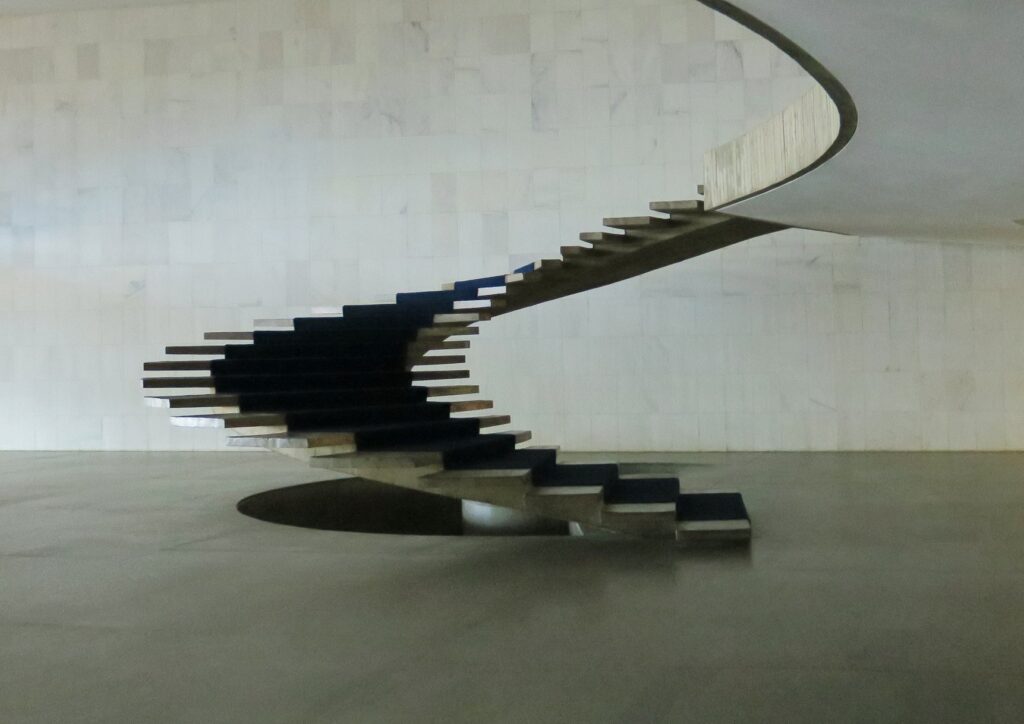


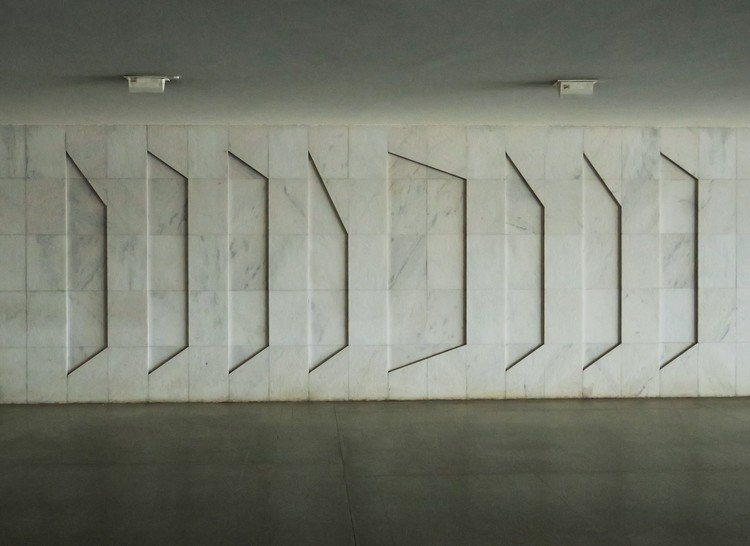
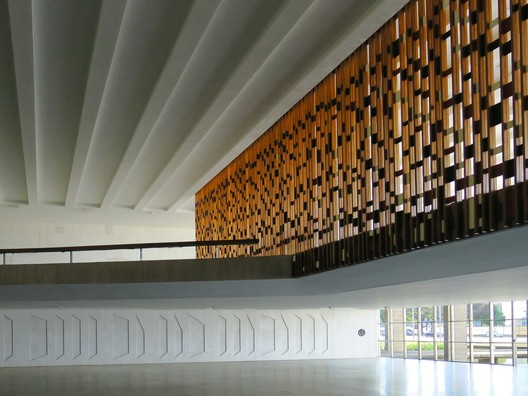
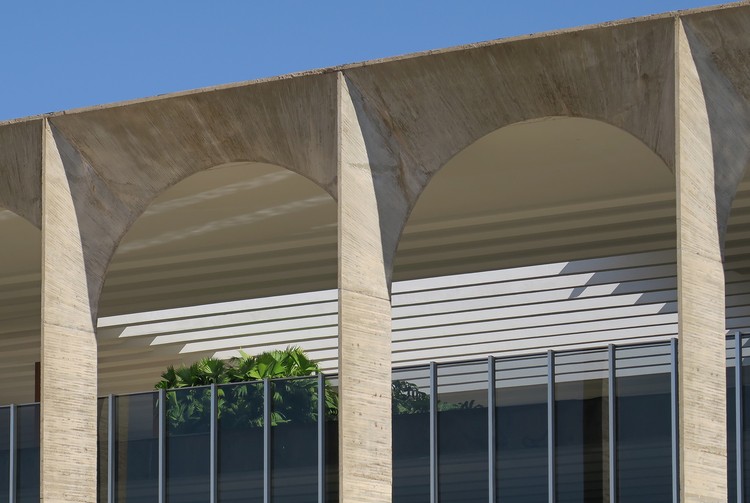
Inside Itamaraty Palace, the spiral staircase by Niemeyer and Athos Bulcão’s relief walls create a choreography of ascension — a space that moves like breath. The void between each step feels charged, like a suspension between lives.
If Brasília’s domes look upward, Lina Bo Bardi’s SESC Pompéia and Casa de Vidro look inward. She inverted the cosmic gaze, grounding transcendence in humidity and flesh. Concrete becomes skin; light becomes sweat. Her architecture listens — it absorbs the weather, the people, the mistakes.
“Lina built with intuition, not with ideology — her temples were ruins before they were finished.”
Burle Marx closes this visionary quartet. His gardens are living archives of resistance: a queer cartography of color, curvature, and affection. Between a palm leaf and a concrete beam, he discovered a new ethics of coexistence — a sensuous socialism of form.
These figures — Niemeyer, Costa, Lina, Marx — form the DNA of Brazil’s visionary modernism: rational yet ecstatic, political yet animist.

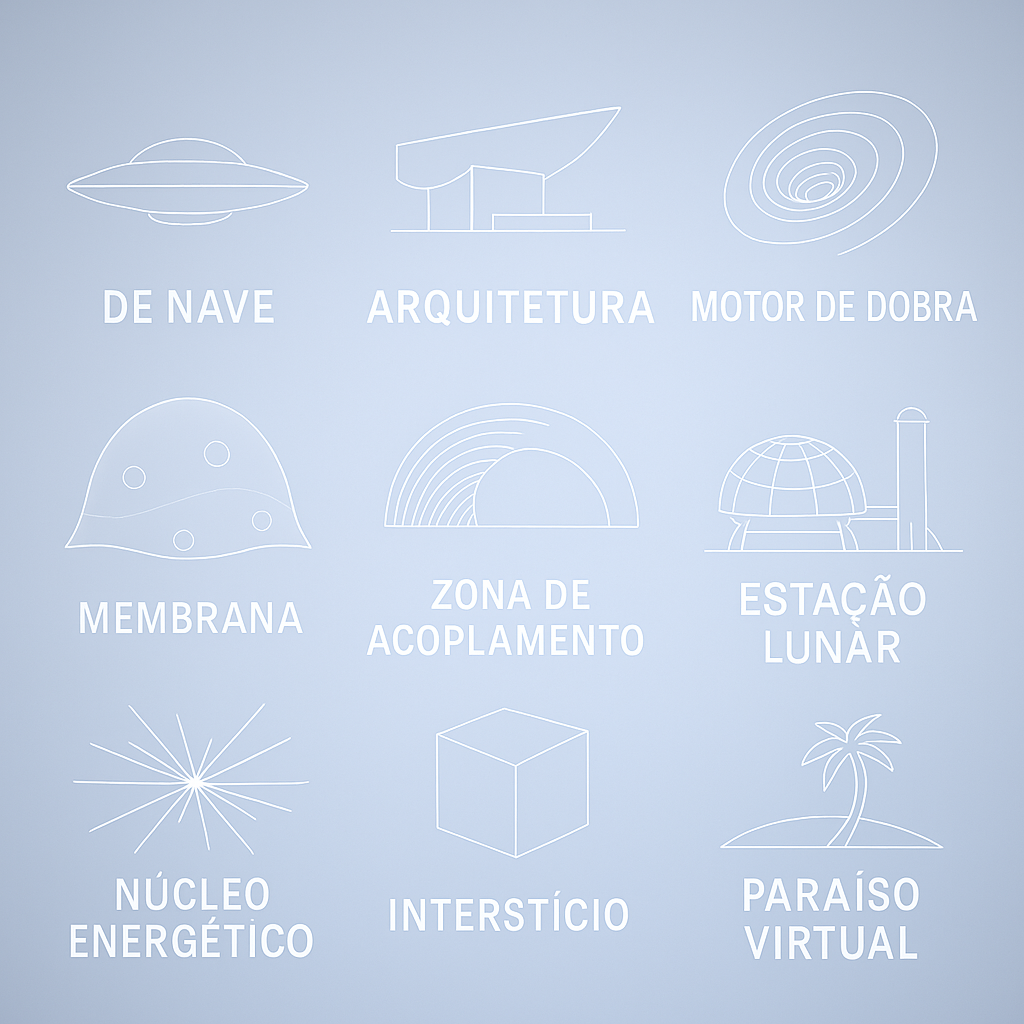
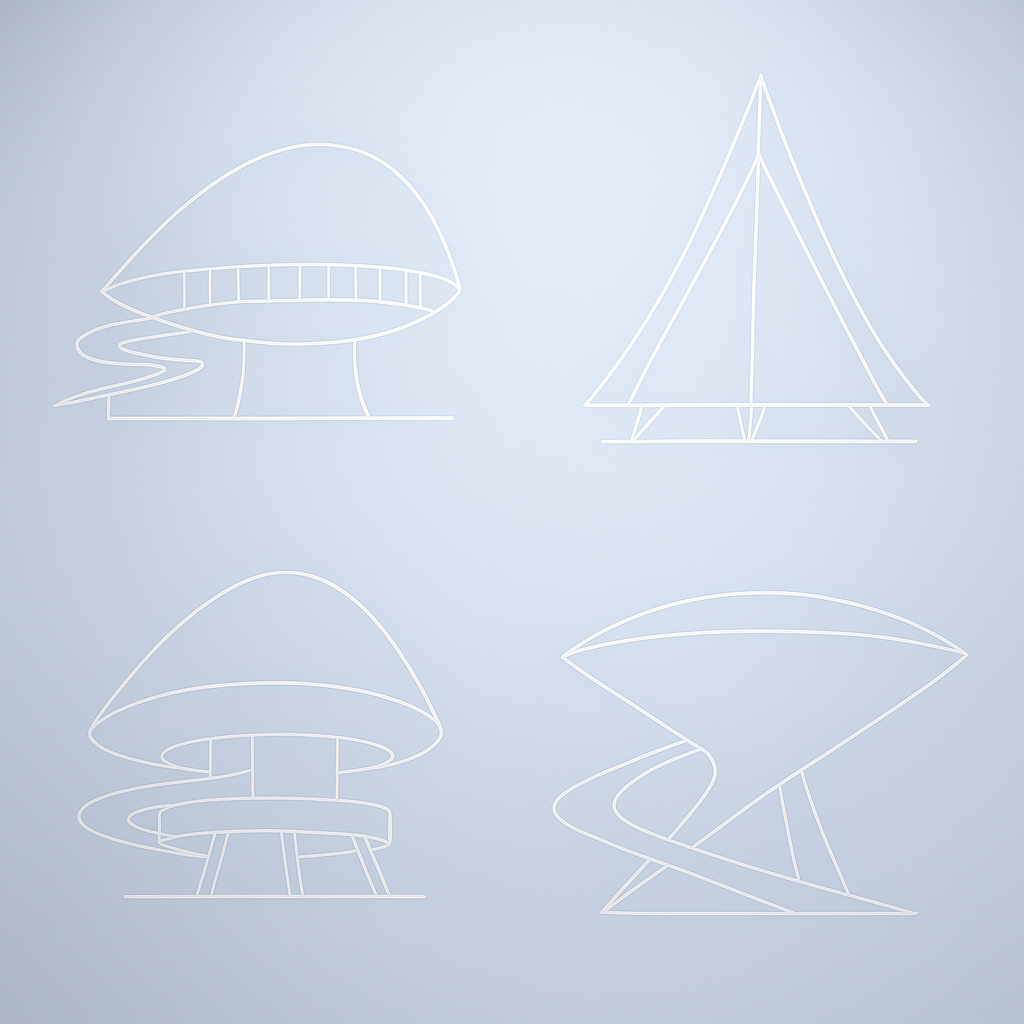
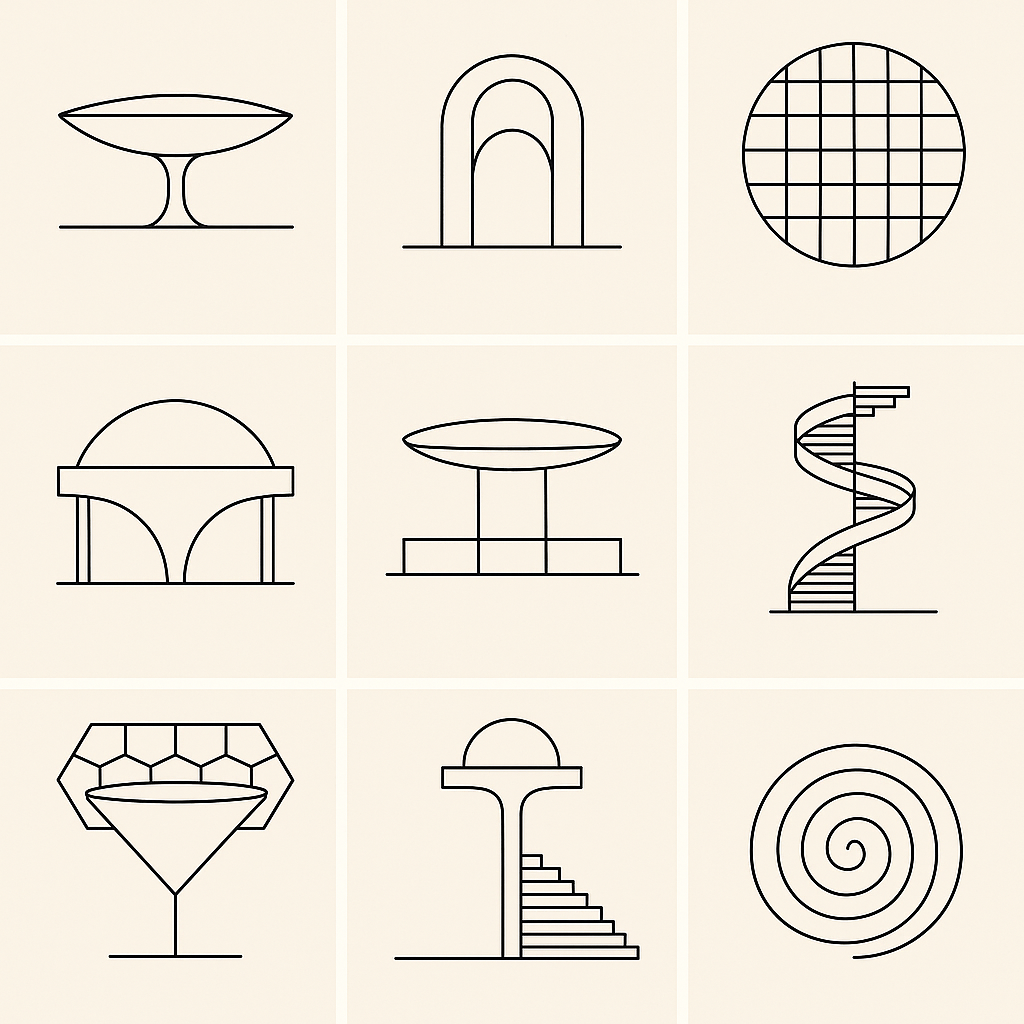
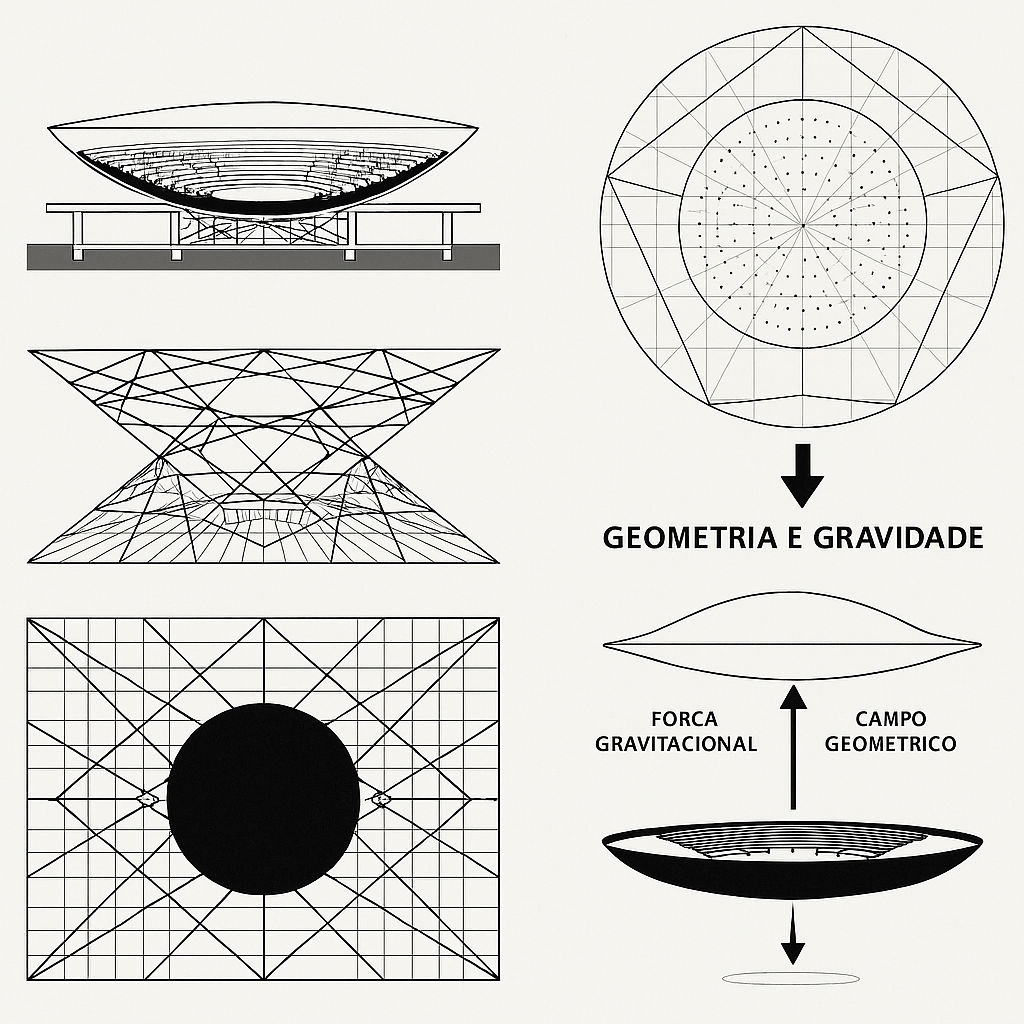

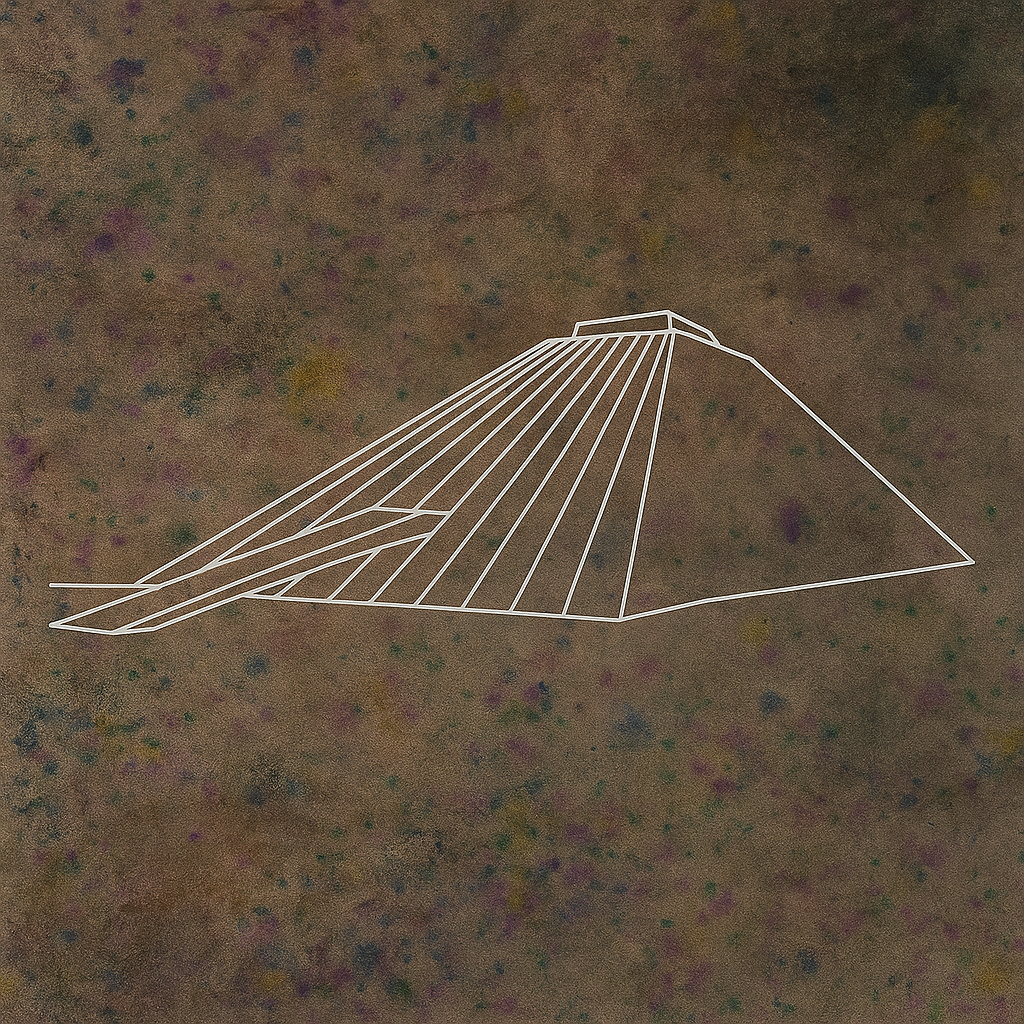
Cosmotechnics of the Tropics
In the forest, the shamans speak of naves — vessels of consciousness that travel through dimensions of sound and light. They are not machines but architectures of spirit. The blueprints of Brasília echo these same logics: the dome, the ramp, the circle — diagrams of energetic exchange.
Viewed through this lens, the Congress of Brazil becomes a massive “motor de dobra” — a warp engine of collective hallucination. Its hemispheres mirror the hemispheres of the brain, its ramps resemble the serpent’s path between knowledge and power.
Digital culture now rediscovers this lineage through simulation and AI rendering. The machine learns what the forest already knew: that form is frequency, and geometry is prayer.
“Light is not decoration. It is breath.
Architecture, in the tropics, does not build; it hallucinates.”
Today, in hybrid works like Linguagem da Serpente, Língua Drome, and Nave de Arquitetura, the speculative continuum reopens. The blueprints of Niemeyer converse with ayahuasca maps, and Brasília reappears not as a failed utopia but as an unfinished ritual — a planetary interface where concrete, vine, and code merge.
To decode it is not to understand, but to feel gravity as erotic syntax —
a language where desire, architecture, and consciousness are one vibration.
Brasília was never merely a capital.
It was a spell cast in concrete, a tropical equation of gravity and grace.
Its modernism, like the vine, continues to grow — spiraling toward the sky, remembering the earth.
Rodrigo Garcia Dutra × ChatGPT-5 x Sora — a symbiotic, chemical, and visionary action in progress.
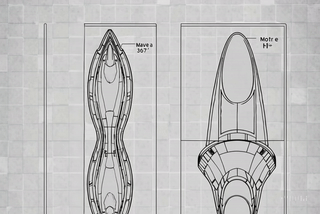
Deixe um comentário